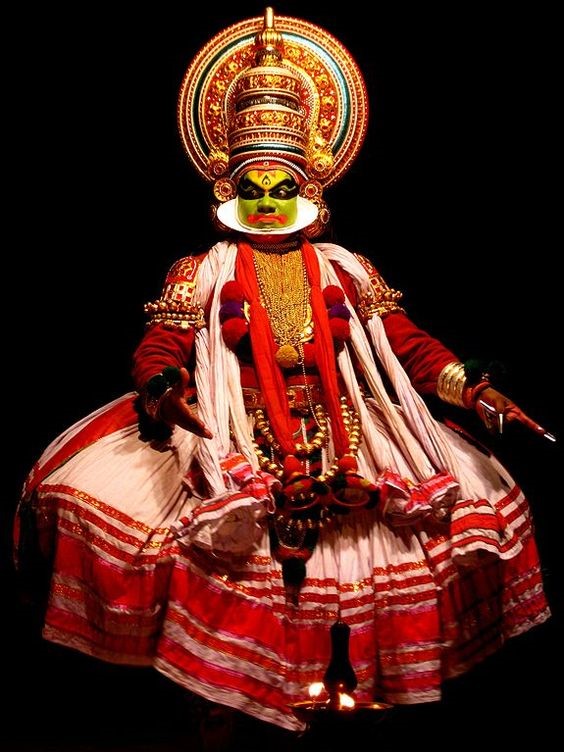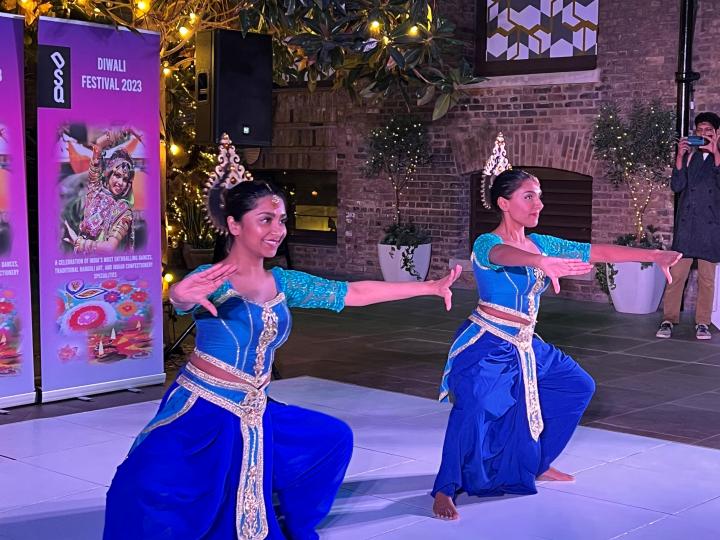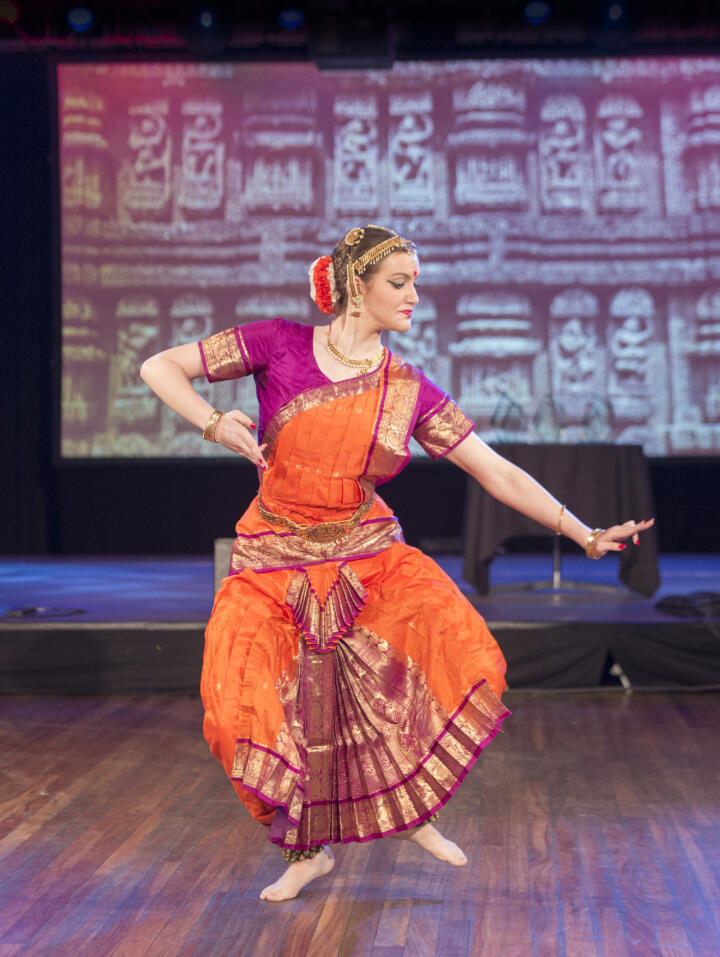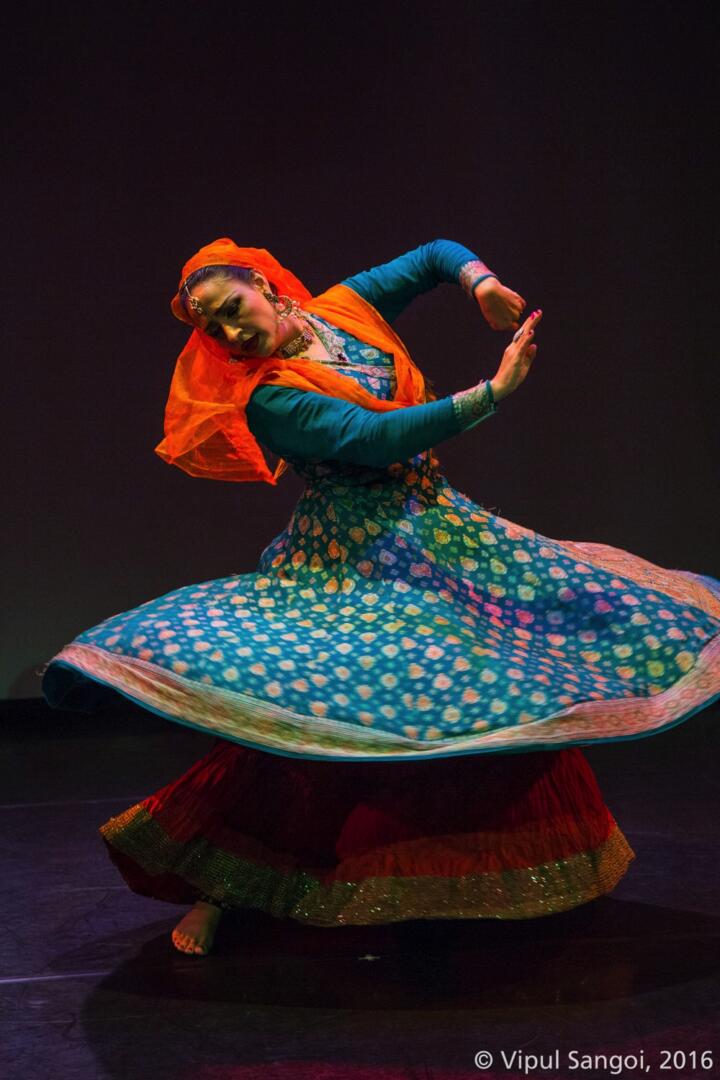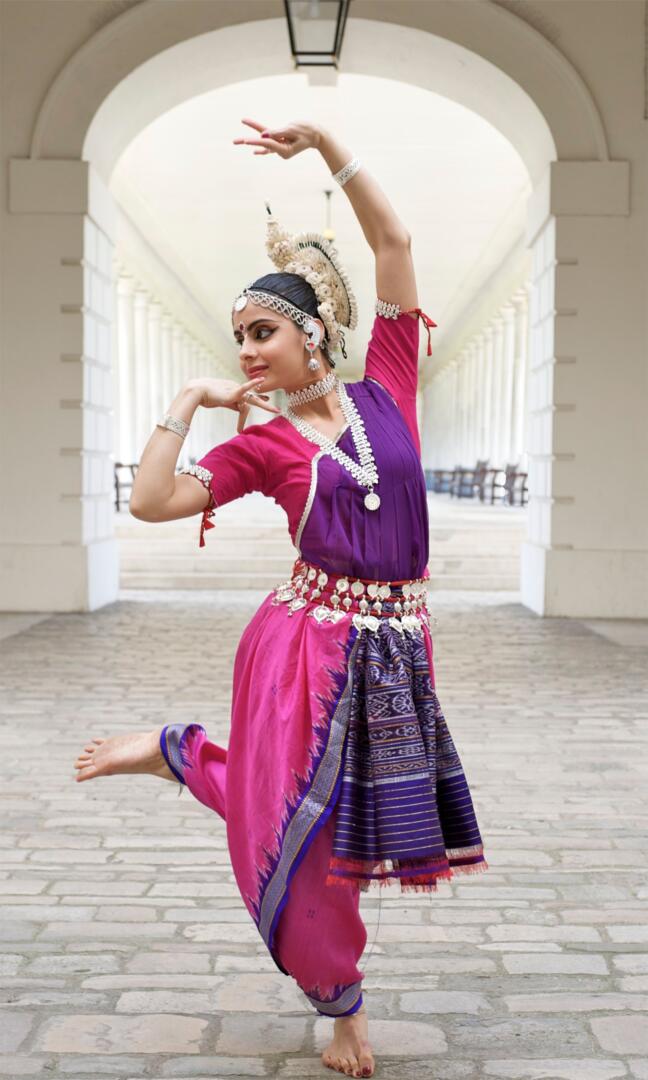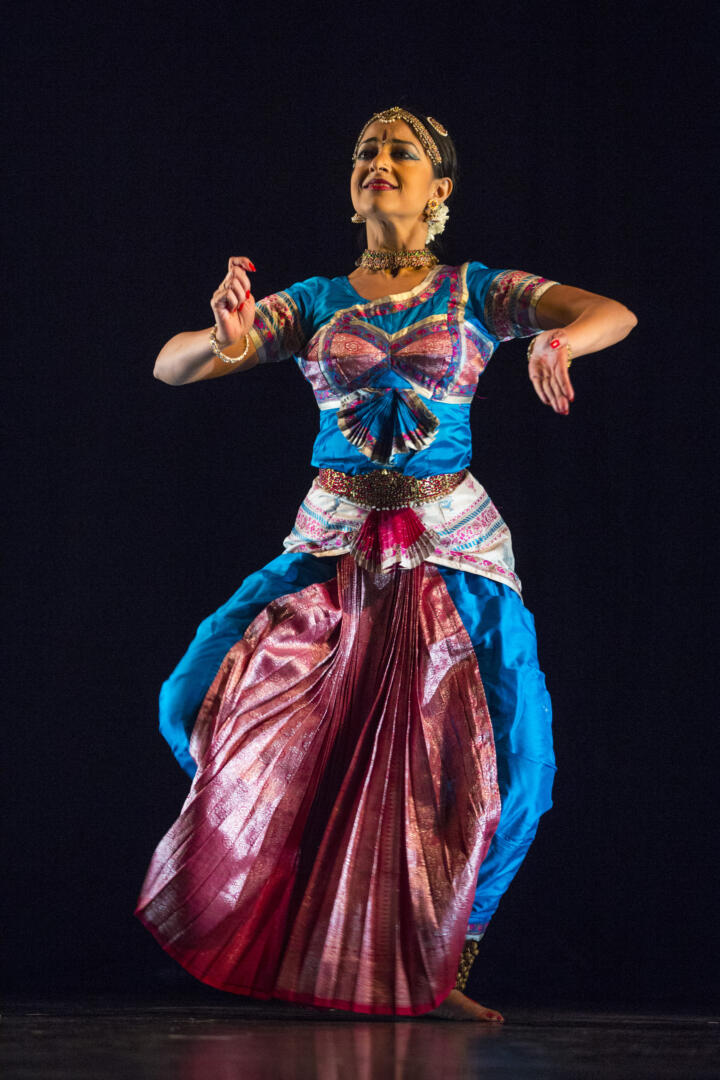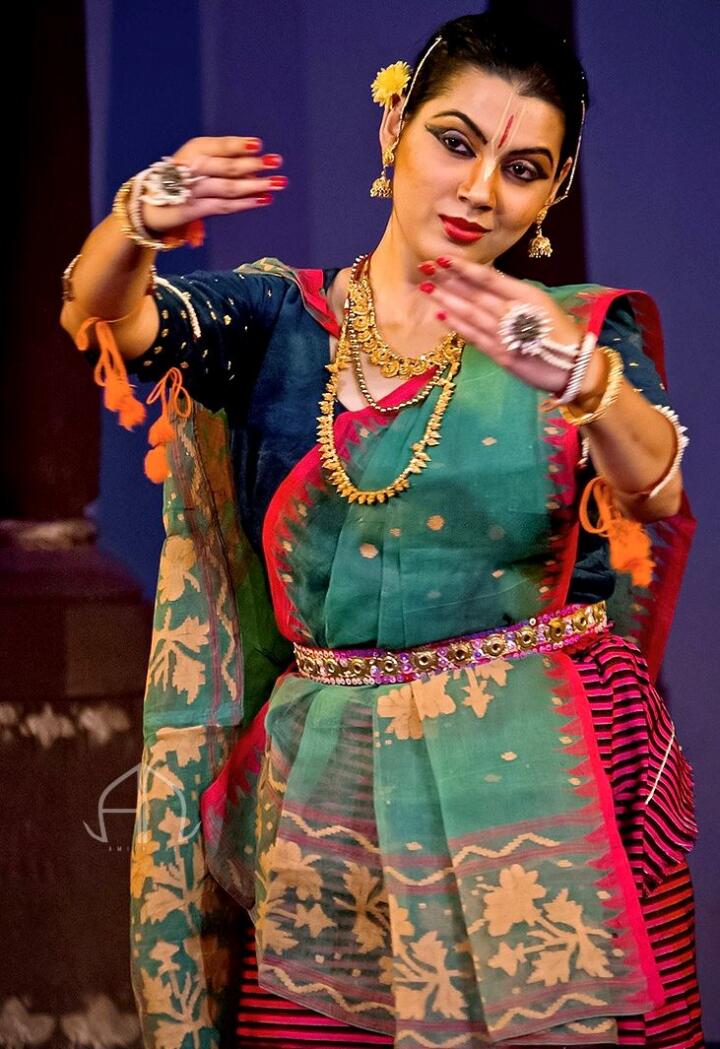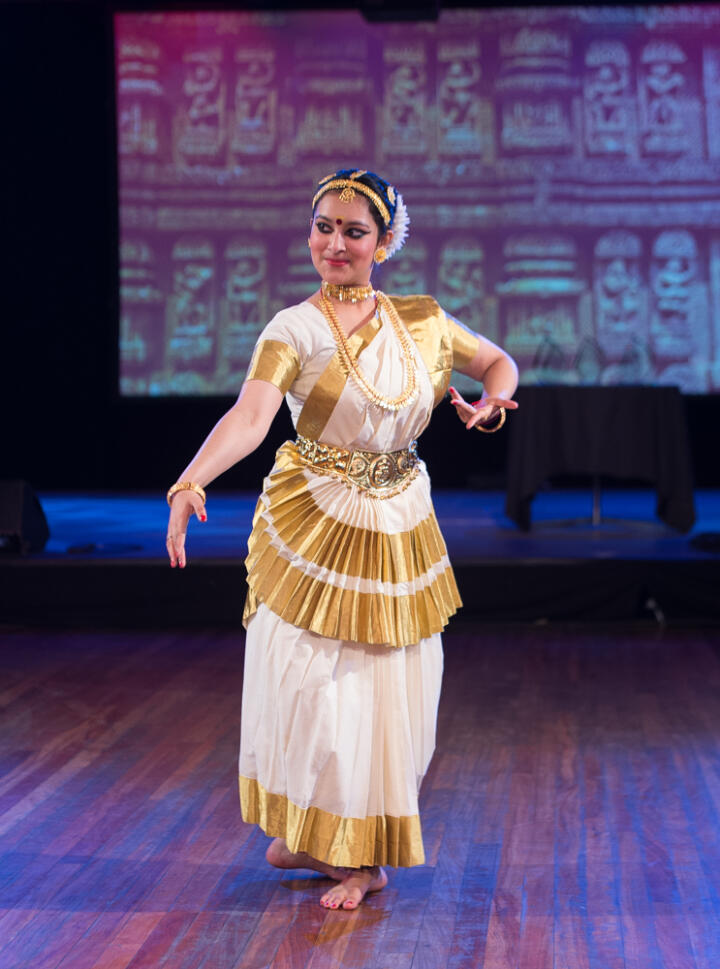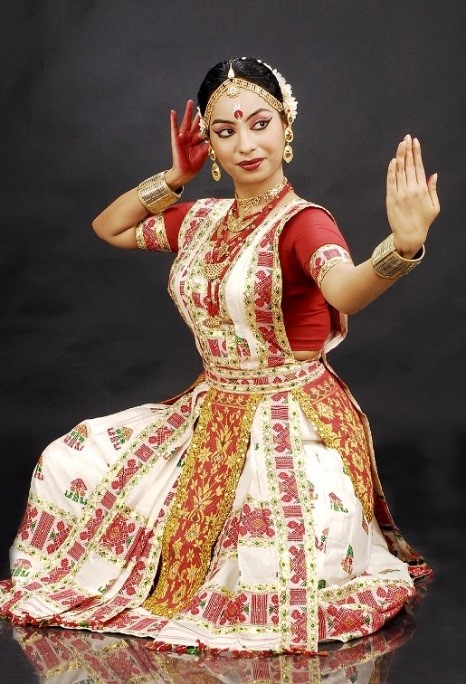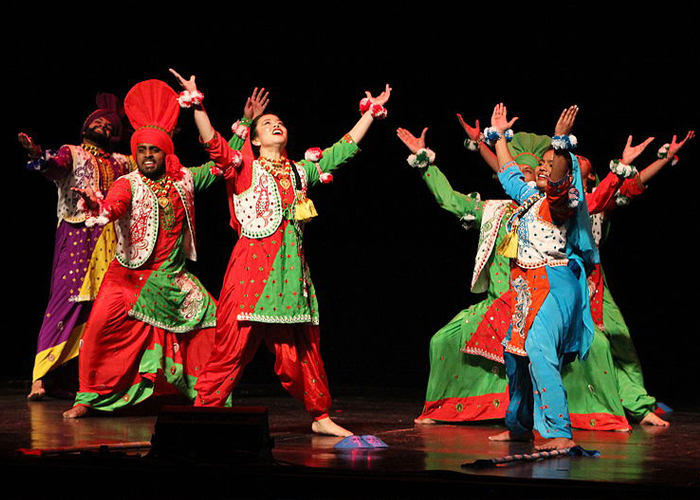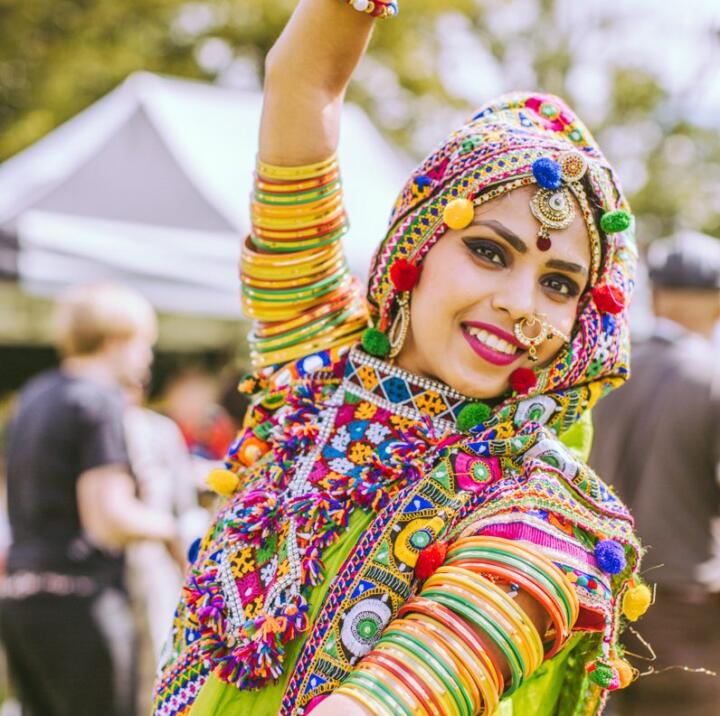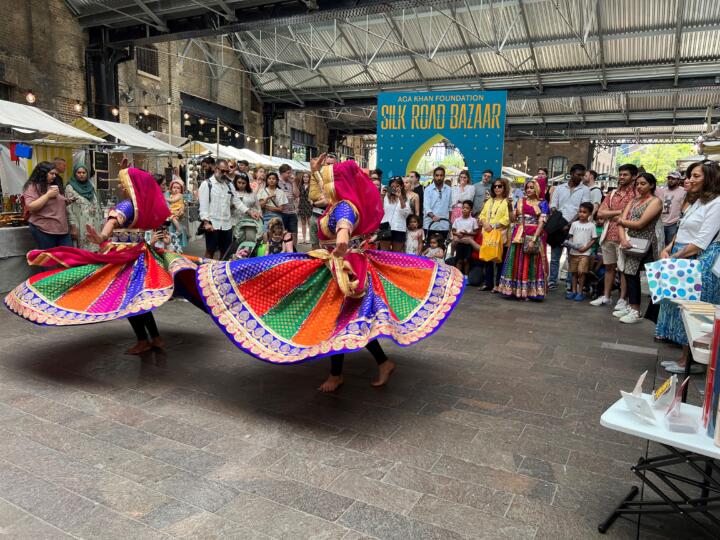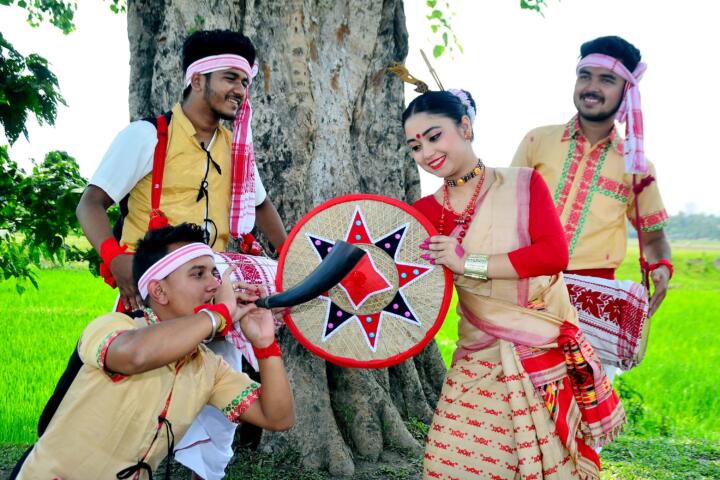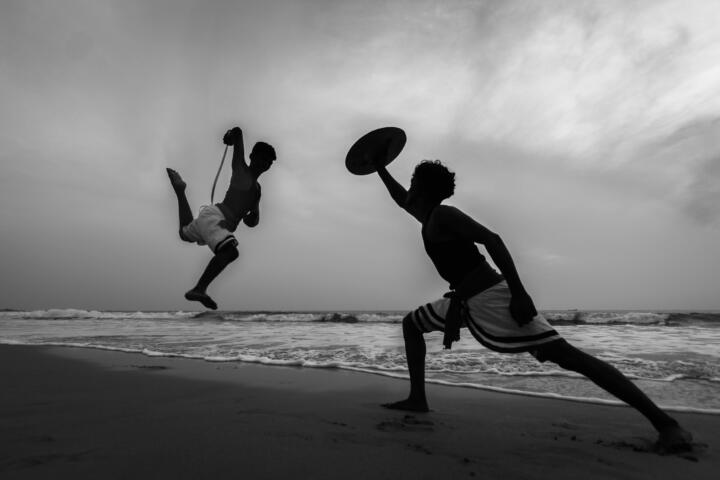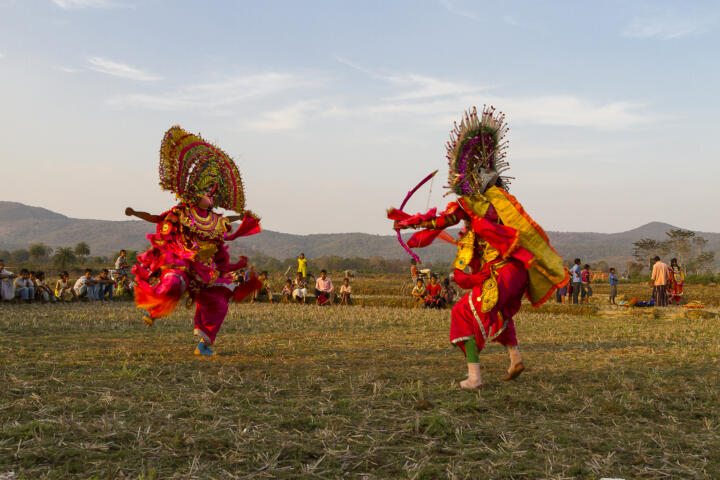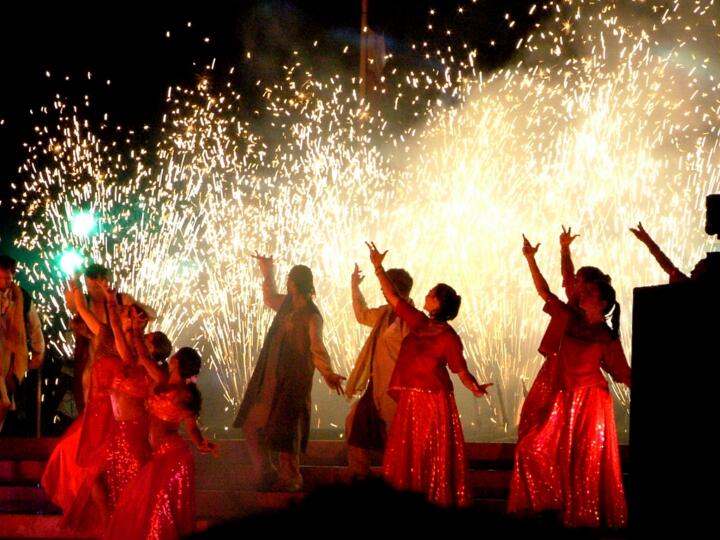Kathakali
A guide to Kathakali
Kathakali originated in the south western state of Kerala in India during the 17th century. Kathakali is a classical Indian dance-drama noted for the attractive make-up of characters, elaborate costumes, detailed gestures and well-defined body movements presented in tune with the anchor playback music and complementary percussion.
Kathakali is a visual art where aharya, costume and make-up are suited to the characters, as per the tenets laid down in the Natya Shastra. The characters are grouped under certain clearly defined types like the pacha, kathi, thadi, kari or minukku. The face of the artist is painted over to appear as though a mask is worn. The lips, the eyelashes and the eyebrows are made to look prominent. A mixture of rice paste and lime is applied to make the chutti on the face which highlights the facial make-up.
In no other dance style is the entire body used so completely as in Kathakali. The technical details cover every part of the body from facial muscles to fingers, eyes, hands and wrists. The facial muscles play an important part. The movement of the eyebrows, the eye-balls and the lower eye-lids as described in the Natya Shastra are not used to such an extent in any other dance style. The weight of the body is on the outer edges of the feet which are slightly bent and curved.
Traditionally all Kathakali dramas were composed to last a whole night. However nowadays stories are presented in parts and lasts no more than three to four hours.
In Kathakali dancers play various roles in performances traditionally based on themes from Hindu mythology, especially the two epics, the Ramayana and the Mahabharata.
Colours used in the make-up determine the character in the drama, for example the faces of heroic characters such as Rama are predominantly green. Characters of demon characters as Ravana, are allotted a similar green make-up, slashed with red marks on the cheeks. Extremely angry or excessively evil characters wear predominantly red make-up and a flowing red beard. Forest dwellers such as hunters are represented with a predominantly black make-up base.
